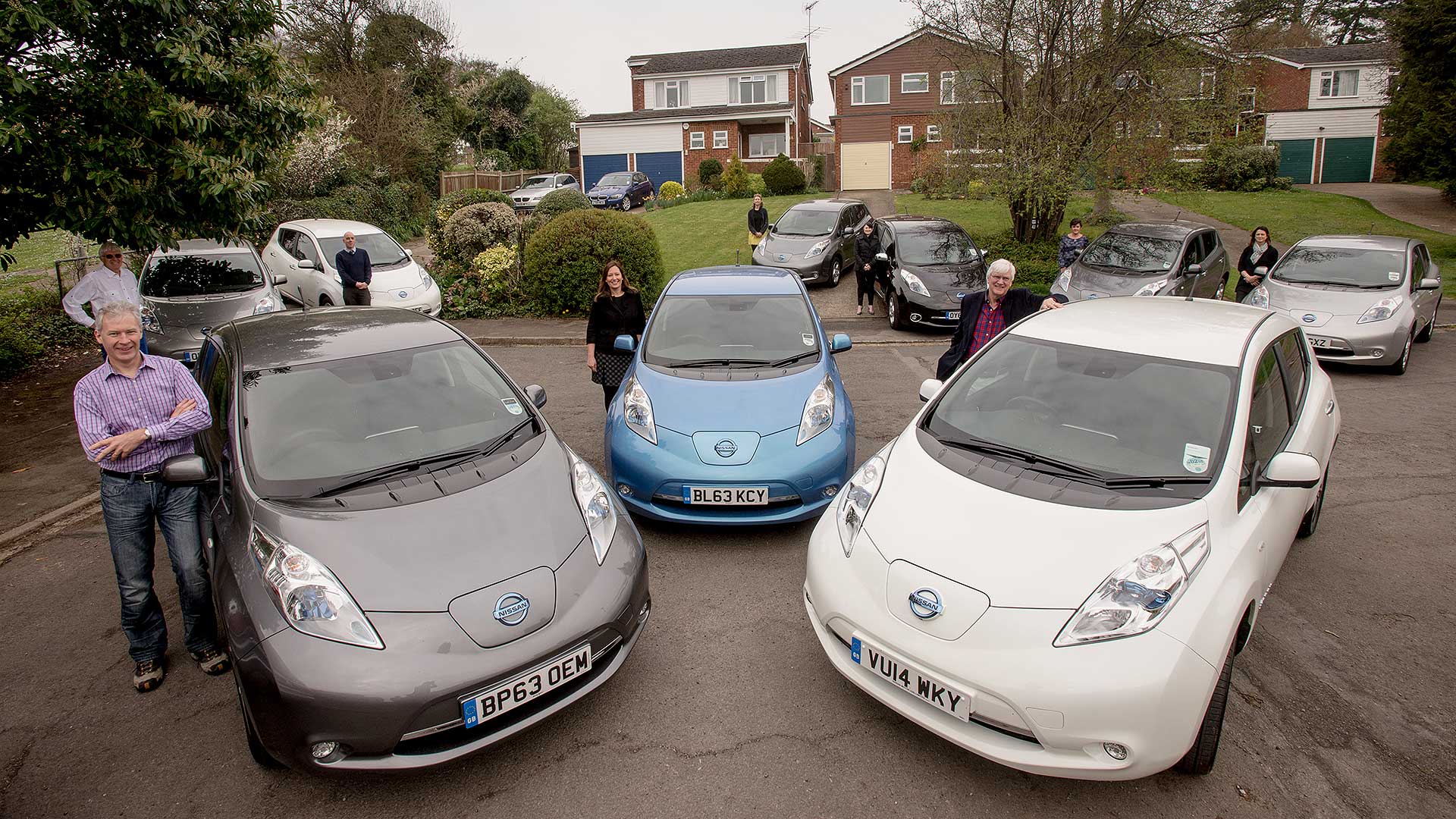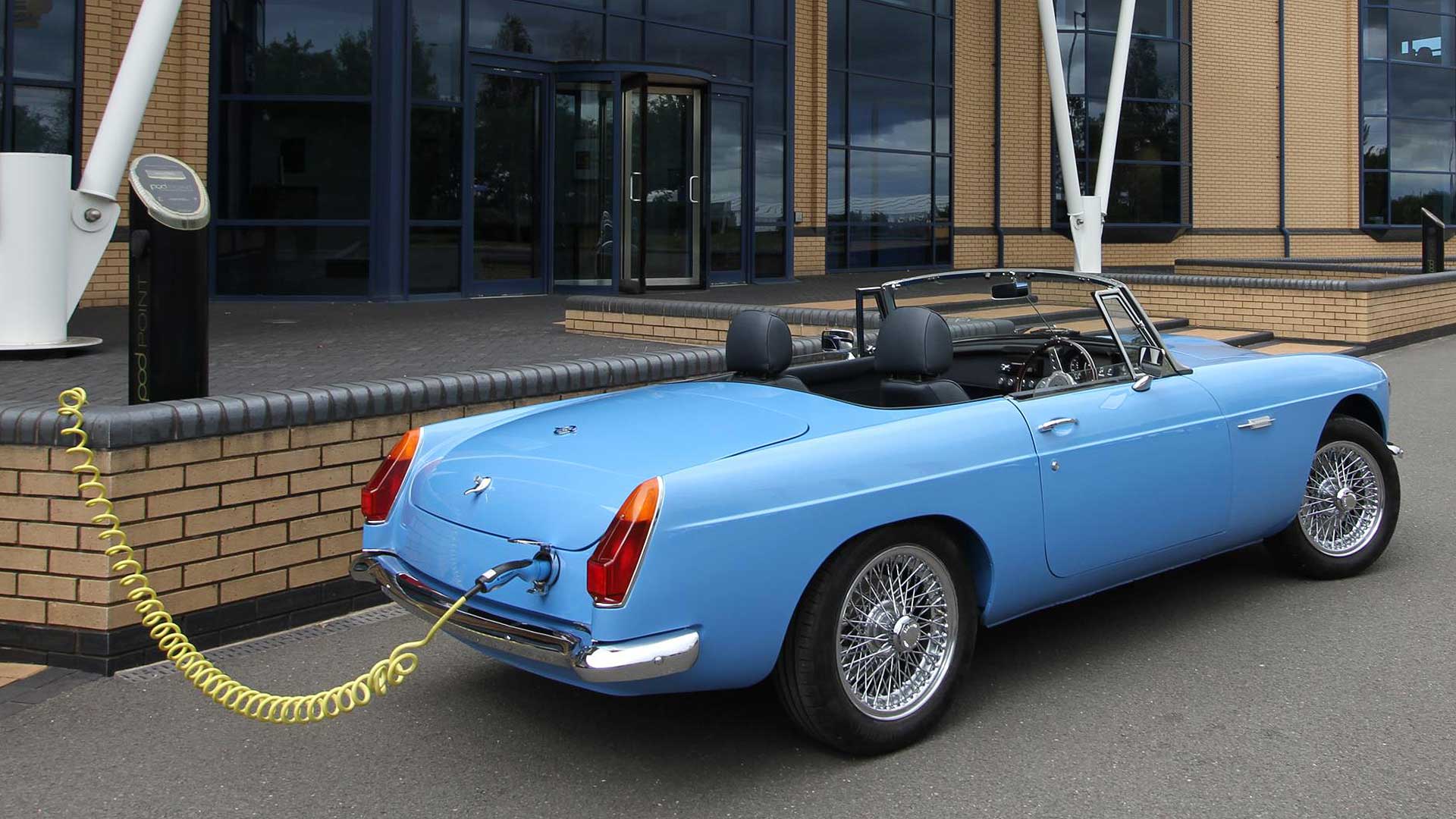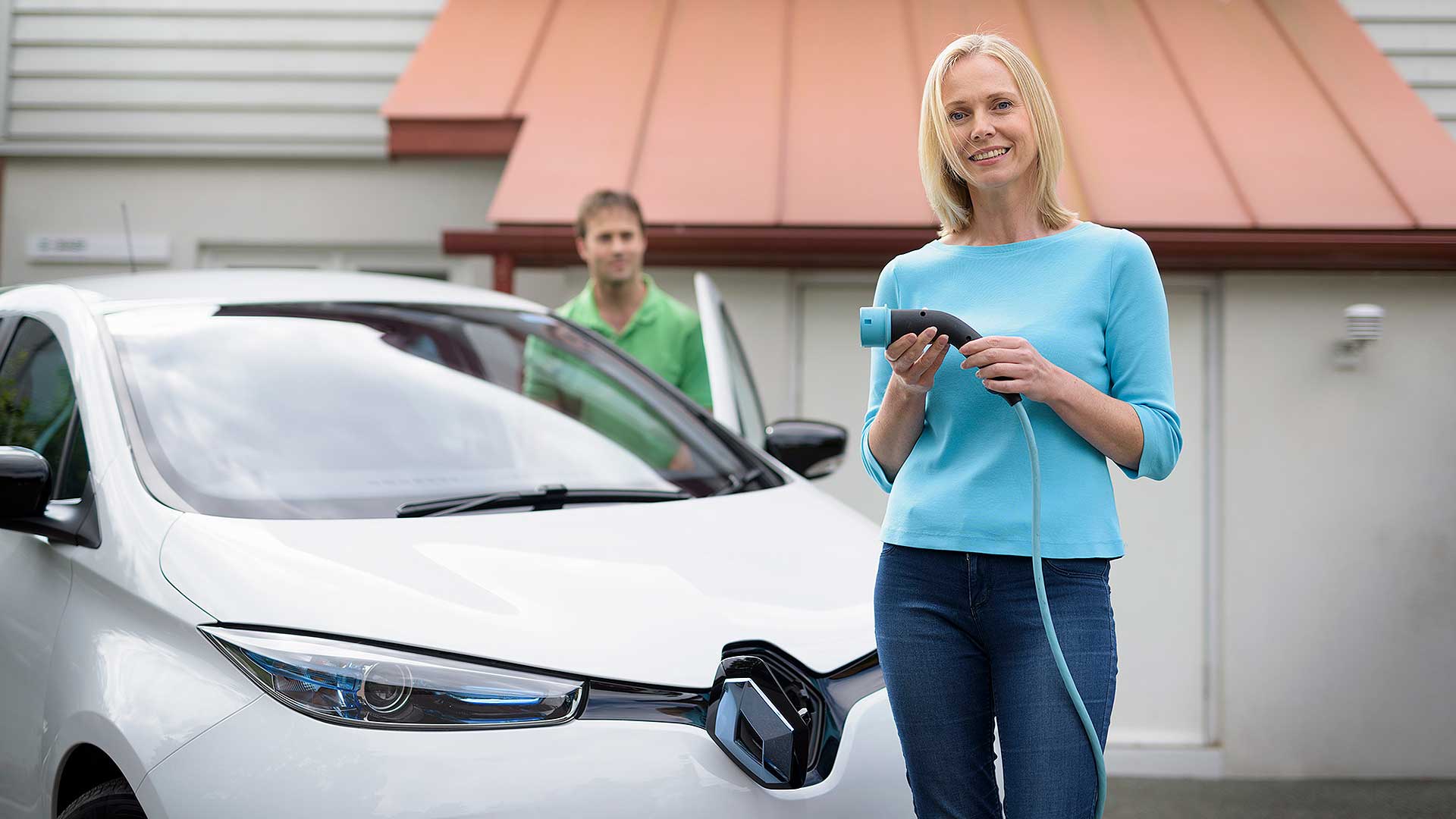 All new electric and hybrid vehicles are now legally required to have an external sound generator so they can be more easily heard by pedestrians and cyclists.
All new electric and hybrid vehicles are now legally required to have an external sound generator so they can be more easily heard by pedestrians and cyclists.
The EU-mandated system is called an Acoustic Vehicle Alert System, or AVAS. It becomes law on 1 July 2019 after years of campaigning by groups such as the European Blind Union.
Related: The sound of the Jaguar I-Pace is Guide Dogs for the Blind approved
AVAS systems need to work at speeds of up to 13 mph, and the volume must be at least 56 dB (similar to the volume of an electric toothbrush).
The volume must not be louder than 75 dB, equivalent to the noise of a conventional car.

The sound must also be continuous, and help road users understand the driving behaviour of the vehicle by sound alone – for example, by varying in volume and pitch when a vehicle is accelerating.
Harman, a supplier to the car industry, is already fitting its ‘external Electronic Sound Synthesis’ (eESS) to new cars, after developing it since 2009.
It works via speakers at the front and rear of a vehicle. It uses a speed sensor, and another sensor on the accelerator pedal, to meet the EU requirements of signalling a vehicle’s characteristics by sound.

The new law, applicable to all new silent electric cars and hybrid vehicles, comes into force Europe-wide on 1 July 2019. It applies to any vehicle with four or more wheels – which means electric motorcycles are not required by law to have it.
But what about inside the car?
The new EU law does not apply to the sound inside a vehicle – but Harman still offers a modular system that gives acoustic feedback inside a vehicle too.
This, it says, helps connect drivers to the vehicle. Because electric vehicles literally are silent, eESS gives acoustic cues when a vehicle is switched on or off. Otherwise, motorists may be unsure and could even think a vehicle is broken.
And addressing concerns that cars without engines will be boring or unengaging for enthusiast, Harman allows brands to create custom-designed sounds, for “a sound signature that reflects the brand DNA of their cars”.
The wailing V12 or burbling V8 may yet live on, albeit virtually…
If the law came into force in July 2019, why is my Smart EQ silent? Is there any upgrades to produce a running car sound?